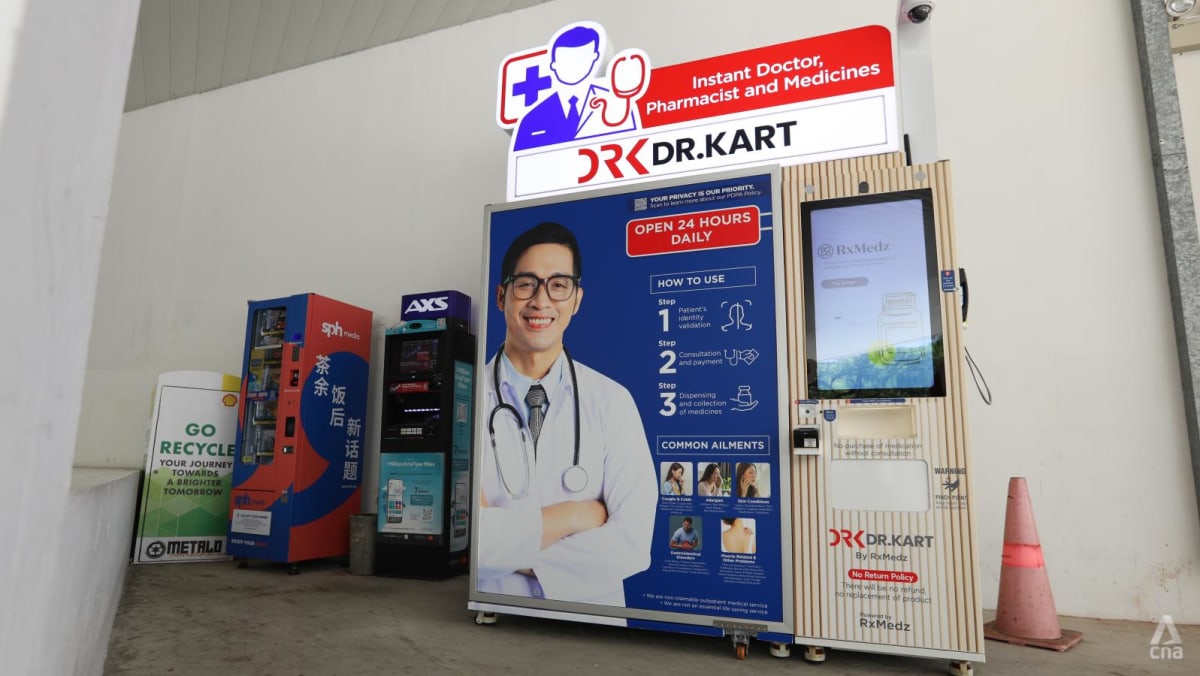“PHYSICAL” TELEMEDICINE CLINICS VS TELEHEALTH APPS
CNA reporters visited the Dr Kart kiosk in December 2024 to better understand how it worked. Based on their trial, one can justifiably expect that these kiosks offer a different user experience from that of telemedicine apps on our phones.
From a regulatory standpoint, however, they are basically the same.
MOH’s 2015 National Telemedicine Guidelines establish that telehealth services must meet a standard of care equivalent to that of traditional in-person consultations, within the inherent limitations of the virtual medium.
These guidelines apply to teleconsultations, whether through a kiosk or apps on personal devices. It doesn’t matter where the patient or the consulting healthcare professional is located, so long as they are not physically face-to-face.
Other legal and ethical frameworks, including the Singapore Medical Council’s Ethical Code and Ethical Guidelines (ECEG), the Healthcare Services Act and the Personal Data Protection Act, are similarly applicable across all modes of telehealth delivery.
As for the specific question of MCs, MOH has reiterated multiple times last year the ECEG’s requirement that MCs be issued to patients based on proper medical grounds, only after a thorough clinical assessment. This is irrespective of the mode or location of consultation.
So, whether you see a doctor via your phone or a kiosk at the petrol station, you’ll likely receive an MC only after you’ve been properly assessed, just as you would be by a GP in a physical clinic.
The 2023 Healthcare Services (Outpatient Medical Service) Regulations (OMS) do introduce a degree of differentiation, largely in practical terms. For instance, Regulation 13 requires that remote service kiosks like the one in Tampines must meet specific standards for sanitation, maintenance, effectiveness and safety.
